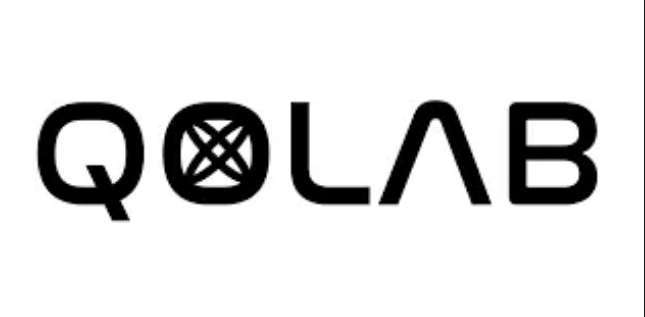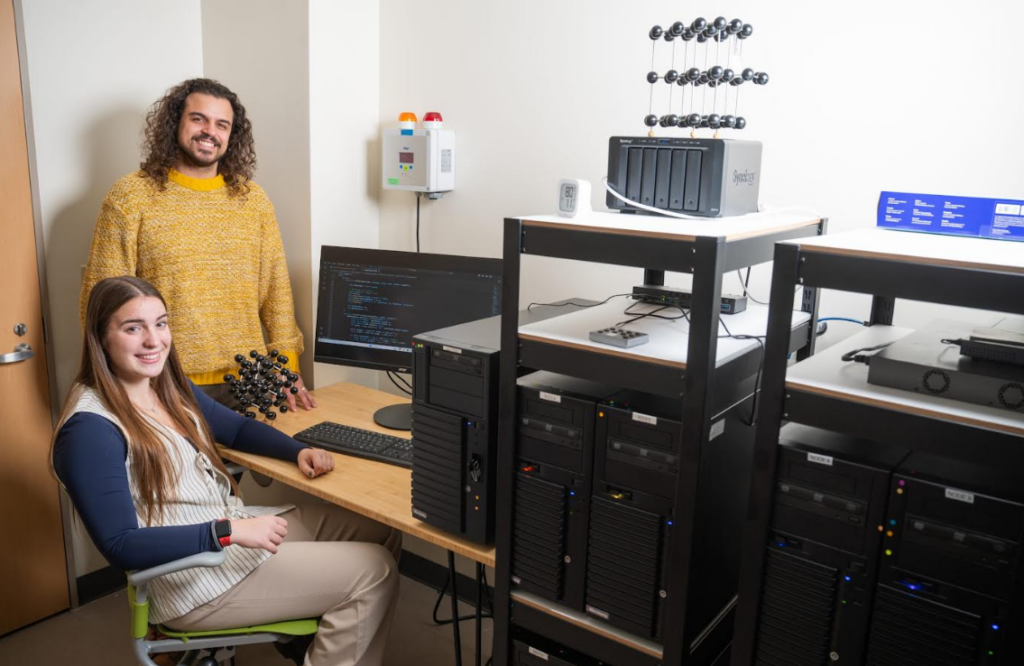Insider Brief:
- Researchers at Durham University achieved quantum entanglement between individual molecules with long coherence times using magic-wavelength optical tweezers, addressing the challenges of molecular complexity and environmental noise.
- The team coupled rotational states of ultracold molecules via dipolar spin-exchange interactions, achieving entanglement fidelity rates of 0.924, rising to 0.976 when corrected for imperfections—among the highest fidelity rates reported to date.
- Magic-wavelength optical tweezers stabilized molecules in superpositions of rotational states, enabling coherent quantum states and unprecedented detection of weak molecular interactions at the hertz scale.
- This achievement supports high-precision measurements and opens new avenues for probing physics beyond the Standard Model, with future plans focusing on scalability and integration into optical lattice systems.
The delicate dance that is entanglement often feels as elusive as it is abstract. At Durham University, scientists recently demonstrated a step towards taming this phenomenon, achieving quantum entanglement between individual molecules with long coherence times. Their work, published in Nature, relies on magic-wavelength optical tweezers—a technique that addresses the complex challenges of molecular entanglement. This achievement not only advances quantum computing but also enhances precision measurement and deepens our understanding of fundamental physics.
THE MOLECULAR ENTANGLEMENT CHALLENGE
Quantum entanglement is central to the development of quantum technologies, yet the entanglement of molecules, which are more intricate systems as compared to individual atoms, has until this point in time been largely out of reach. Molecules, with their internal complexity and susceptibility to environmental noise, make the attempt at sustaining coherence nontrivial. At Durham, researchers addressed these challenges using magic-wavelength optical tweezers, a tool that aligns light at specific wavelengths to counteract decoherence.

Using this method, the study reports the team successfully coupled rotational states of ultracold molecules via dipolar spin-exchange interactions. The resulting entanglement achieved a fidelity of 0.924—impressive by itself—and rose to 0.976 when corrected for experimental imperfections. As reported in a recent announcement from Durham University, these results position Durham’s achievement among the highest fidelity rates for molecular entanglement reported to date.
MAGIC WAVELENGTH TWEEZERS AND HOW THEY TRANSLATE TO QUANTUM CAPABILITIES
Magic-wavelength optical tweezers operate by stabilizing molecules in superpositions of rotational states, a key feature for reducing decoherence. Unlike traditional optical traps, these tweezers function at specific wavelengths that cancel out differential energy shifts between rotational states caused by light-matter interactions. This precision allows the quantum states to remain coherent for durations previously considered unattainable.
This stabilization method also enabled the detection of molecular interactions at extremely weak levels, on the order of hertz. Such sensitivity brings to mind new possibilities for examining molecular behavior in unprecedented detail, providing researchers with tools to probe phenomena beyond the limits of existing methods.
The implications extend beyond the technical achievement itself. Encoding quantum information in the rotational states of molecules introduces possibilities for creating high-dimensional quantum systems, with potential applications in robust quantum memory and computing architectures. Furthermore, the exceptional stability of the magic-wavelength traps allows for ultraprecise measurements of energy shifts, providing a novel mechanism for probing physics beyond the Standard Model. These tools also support advanced quantum simulations, where molecules can function as qudits, enabling research into synthetic dimensions and high-dimensional quantum computing systems.
LOOKING AHEAD
Durham University’s success joins a small but elite group of institutions capable of molecular entanglement, including Harvard and Princeton. The team’s next steps include refining their methods to improve entanglement fidelity and reduce experimental noise. One promising direction involves integrating these techniques into optical lattice systems, which could provide even greater scalability and control. These advancements are essential for applications like quantum-enhanced metrology and long-lived quantum memories—two key areas for fundamental and applied quantum science.
Contributing authors on the study include Daniel K. Ruttley, Tom R. Hepworth, Alexander Guttridge, and Simon L. Cornish.
















